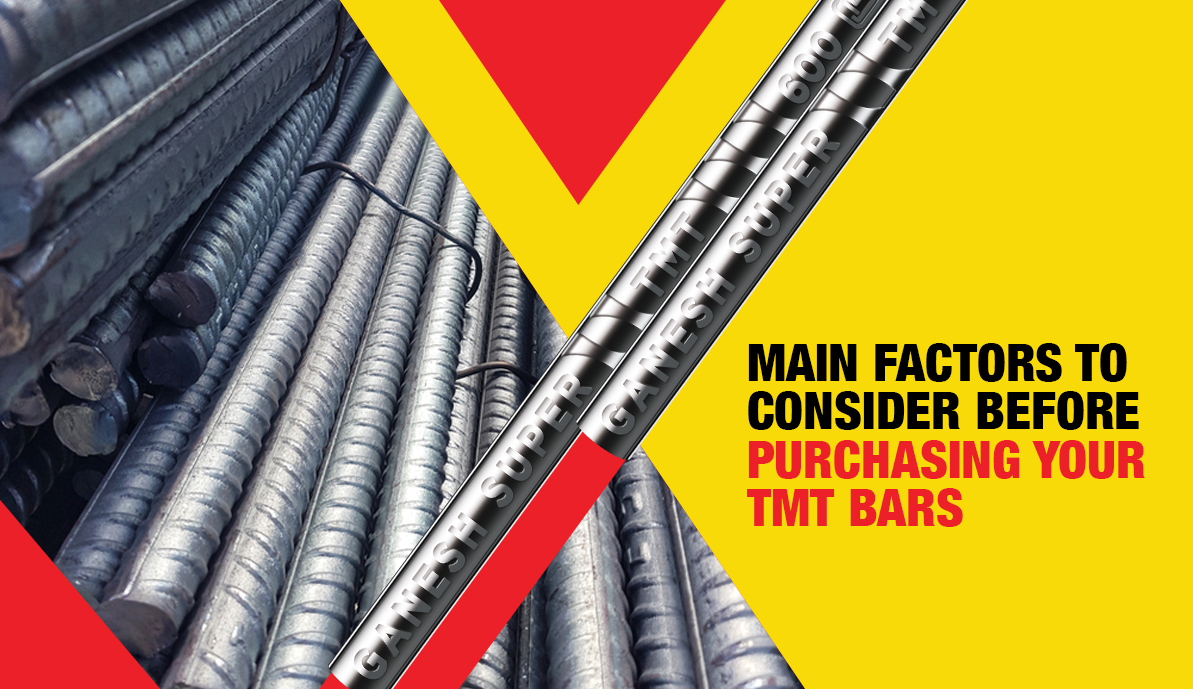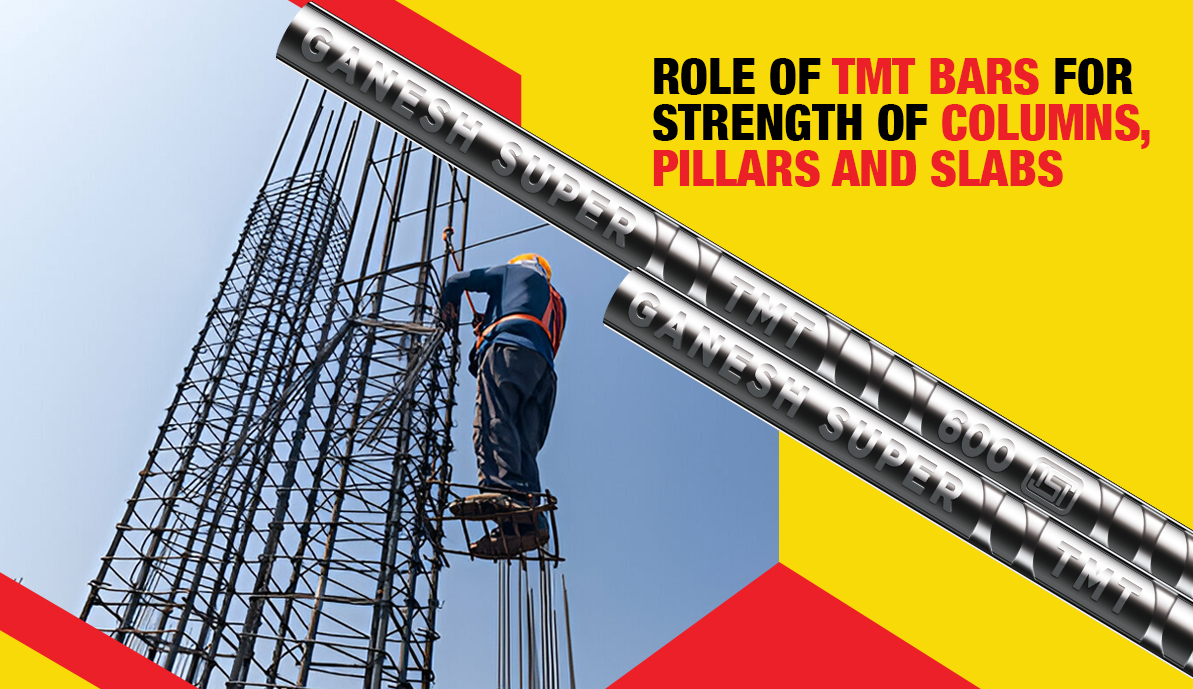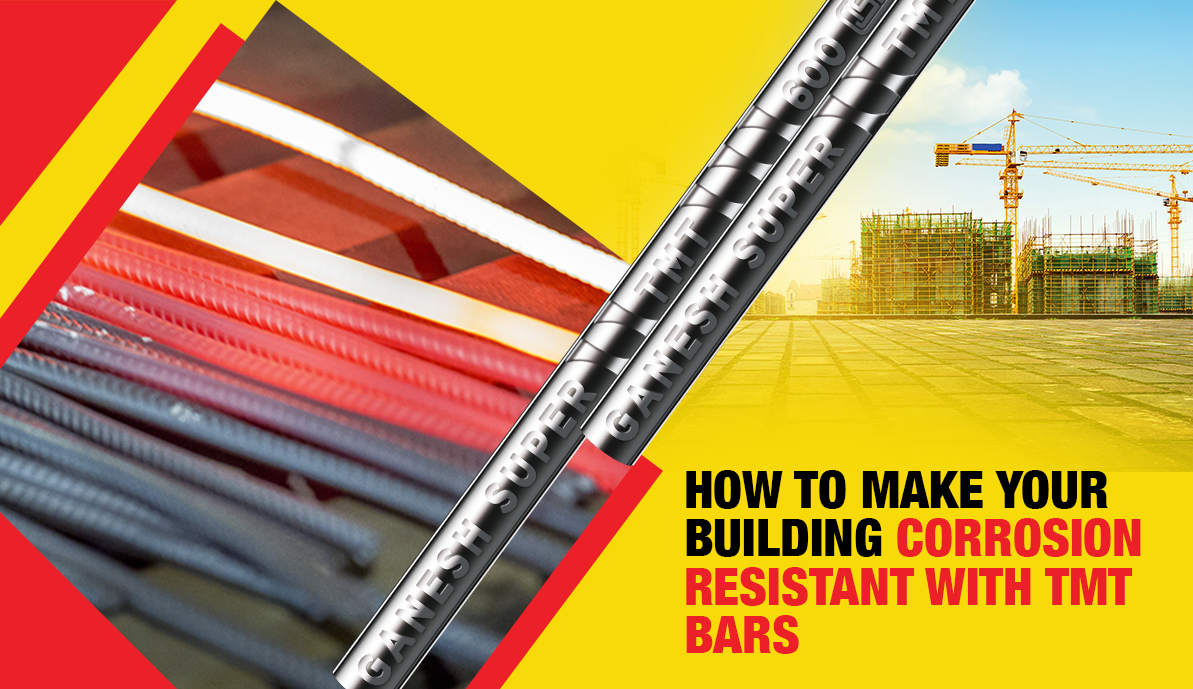The quality of TMT bars is a thing you must know when you want to build your dream project. Assuring the quality of the TMT bars you choose is a great way to ensure that your construction stands the test of time.
Usually, the leading TMT steel bars wholesale dealers supply TMT bars of good quality that follow industry standards for manufacturing and quality control. You must be curious about how the quality checks occur. Indeed, the quality check of TMT steel bars consists of several important tests to assure their durability, bendability, and other properties they are so popular with.
So, let’s learn about the common tests that TMT bars go through to ensure their quality meets the industry standards.
Yield Stress Test
This test essentially measures the strength of the TMT bars. Meaning the amount of stress it can handle before it begins to deform plastically. As TMT bars are meant to be strong, they must show elastic properties to a large stress, meaning they must get back to their original shape and form once the force is removed. But how much force can a TMT bar handle? The Yield Stress Test/0.2% Proof Stress can determine this exact value.
Tensile Test
The tensile strength of TMT bars is also a measure of strength. This test is carried out using the UTM (Universal Testing Machine). However, the tensile strength of bars below 32mm diameter can be tested without the machine as per IS 1786, and bars above the said dimension require UTM to measure.
Chemical Analysis Test
This test measures the percentage of chemical components, such as sulfur, carbon, and phosphorus, in a TMT bar. A 50-60 mm length bar is cut, and the results for this chemical test are obtained through a spectrometer. The spectrometer takes about 10-15 seconds to provide results of all 26 elements and their percentage in a specific TMT bar. The percentage of phosphorus, carbon, and sulfur are the most important ones, as per the BIS. All bars from the leading TMT steel bars wholesale dealers come with regulated use of these elements to make sure the bars are strong and durable.
Bend and Re-Bend Test
In some cases, you can find that TMT bars are getting deformed. This is primarily due to the wrong materials to manufacture these bars. This is why one must be careful with the bending and re-bending of these bars at the building sites. This test ensures that bent radii are not formed below the minimum angle of a bend according to the given standards. This means that if the minimum angle of a bend is 10 degrees, no bar should remain bent when they are bent to a 10-degree angle. They must get back to their normal shape. This test is important because the performance of steel reinforcement can be badly affected due to incorrect bending.
Things to be noted while bending TMT bars:
- Bending must be done slowly and gradually.
- Minimum bend diameters for different bar sizes are provided
- Use of a hammer is strictly prohibited for bending the bars
- The surface of the TMT bars must be free from dust and mud
Conclusion
Testing TMT bars is essential to make sure they follow the industry standards for manufacture and quality control. The tests mentioned above are the most common ones to gauge the quality of the TMT bars. Tests like bending-rebending, chemical analysis, and yield stress tests make sure that the bars you buy from the leading TMT bars suppliers stand the test of time and natural disasters.





